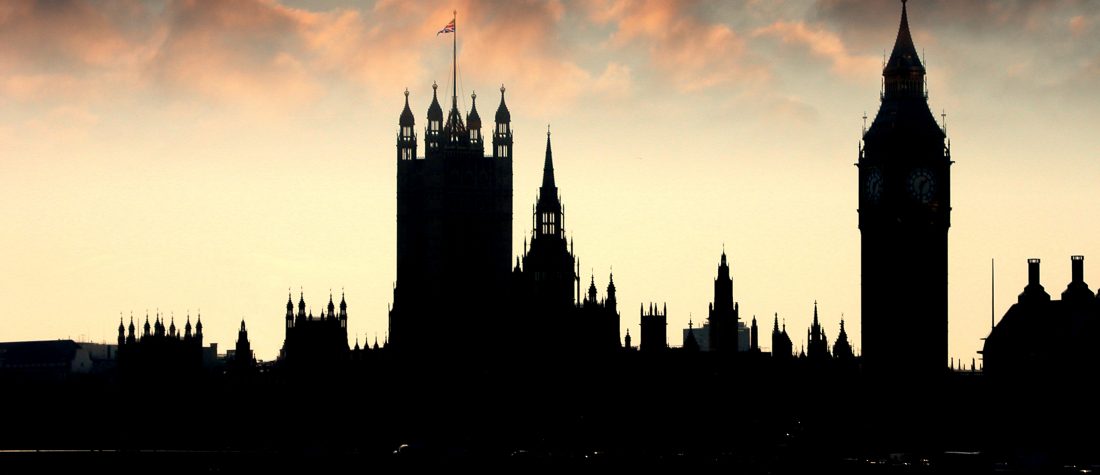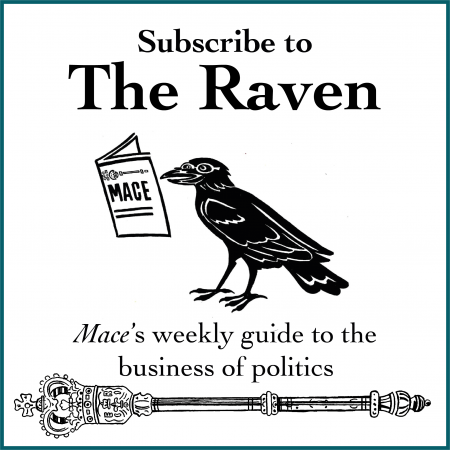It’s only a short walk from the House of Commons to the House of Lords. But as a former MP, passing through the grandeur of Central Lobby to take your seat in the ‘other place’ is an extraordinary journey.
Both Houses of Parliament are steeped in history – there are reminders everywhere of the great leaders and reformers who have gone before – but there are some big differences between the two.
For a start, the red benches in the Lords are much more comfortable than the green benches in the Commons – I can vouch for that. But the main thing that strikes you as a new peer is the incredible breadth and depth of knowledge, expertise and intellect in the Upper House, compared with the Commons, and the respect shown to each other by members from all sides during debates.
It’s a well-worn myth that the House of Lords is some sort of retirement home for politicians. I’ve found that many members work hard, and for long hours, without the staff and special advisers that are available to MPs, with the genuine goal of making our legislation as good as it can be.
During my time in the Commons, I was shadow secretary of state for environment, food and rural affairs, and a member of the shadow cabinet. In the House of Lords, I am once again part of Labour’s Defra team, and an opposition whip, and I’m pleased to have helped get the Environment Bill into law at last, three years after I started work on it down the corridor.
It’s the ability to improve legislation that makes the House of Lords so important. Recently, in progressing the Animal Welfare (Sentience) Bill, which started in the Lords, the government picked up my amendment on extending the definition of animals to include decapod crustaceans and cephalopods – such as lobsters, crabs and squid: when law, it will be illegal to boil lobsters alive.
I’m proud to be a champion of animal welfare, and my decision to wear fake fur robes for my introduction to the House of Lords attracted a lot of publicity. But why should it, in this day and age? Fake fur should be the norm. After all, it’s nothing new – Baroness Anita Gale was the first to wear fake fur robes for her introduction back in 1999, and others have done so since, including Baroness Smith of Basildon, leader of the Labour group, and the government minister Lord Goldsmith of Richmond Park.
But I was astounded to find that my supporters at my introduction were unable to join me in wearing fake fur robes as there was only one set available – so, unusually, they were allowed to follow me without wearing robes. I’m pleased that the wearing of real fur is becoming less acceptable in modern society, and if the tradition of wearing robes on special occasions in the House of Lords is to continue, there really should be more artificial ones on hand.
I first took my seat in the House of Lords in 2020 during the Covid pandemic restrictions, and much of the business since has been conducted remotely via Zoom, with electronic voting via PeerHub. It has been a strange experience whipping the chamber from my laptop, but it also showed that the House of Lords is perfectly able to adapt to new ways of working – and a lot more effective at doing so than the House of Commons, where MPs were forced to stand in lines to vote.
Now that the majority of peers are physically back in parliament, it’s beginning to feel a bit more ‘normal’, and I’m sharing an office with other Labour frontbenchers. We work hard, but now it’s easier to discuss policy and legislation, get to know each other and operate as a team. It’s not quite normal yet though – one bar is now a walk-in Covid testing centre, for example – but we’re getting there.
In 2022 I’m be shadowing the new department for levelling up, housing and communities – a new role, but particularly relevant to where I live, West Cumbria, which has often been left behind as governments have invested in the south of England and big cities. I’ll still be heavily involved in environmental and animal welfare issues and continue my mission to hold the government to account. I’m looking forward to it.


